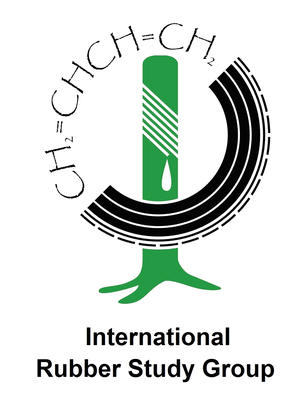Latest World Rubber Industry Outlook now available from IRSG
Singapore – The Secretariat of the International Rubber Study Group (IRSG), an international body for improving the transparency of the world rubber market and strengthening the international cooperation on rubber issues, publishes comprehensive data on production, consumption, trade and prices, covering both natural rubber (NR) and synthetic rubber (SR). On a biannual basis, the World Rubber Industry Outlook (WRIO) presents the latest long-term forecasts for the next 10 years, covering the world economy as well as the vehicle, tire and rubber sectors.
The July 2021 edition of the World Rubber Industry Outlook (WRIO) is now available. The current forecast in WRIO comprises two economic scenarios: base case scenario rooted from the IMF’s base line GDP forecast; downside scenario assumes bottlenecks in reaching effective vaccine protection and high infection rates of COVID-19 variants have a drag on the normalization in mobility and recovery in contact-intensive sectors in 2021 and 2022.
The global rubber demand declined by 6.0 percent in 2020, reaching 27.07 million tons; the contraction in 2020 is 1.1 percentage point smaller than IRSG’s earlier projection because of strong recovery in the second half of 2020 in the advanced economies and China. The vaccine powered recovery in a few advanced economies amid high infection rates of the virus variant, low vaccination rate and more sluggish growth in developing countries are leading to a lopsided global recovery, which explains much of the upward revision in global outlook in 2021 under the base case scenario.
The global rubber demand in tire sector is expected to recover by 7.2 percent in 2021 from a deeper contraction (-7.3 percent) experienced in 2020. A stronger recovery projected for non-tire sector (7.6 percent) is driven by continuing surge in demand for rubber products in the global healthcare industry and stronger recovery of rubber products in the supply chain of mobility. The total rubber demand is forecast to rebound by 7.4 percent in 2021 and moderate to 4.7 percent in 2022 under the IMF scenario. The global NR demand contracted by 6.8 percent in 2020, reaching 12.71 million tons and projected to rebound by 7.1 percent in 2021, owing to sharp recovery expected in the CV segment in the mature and emerging markets.
The world SR demand declined by 5.3 percent reaching 14.36 million tons in 2020, and is forecast to recover by 7.6 percent in 2021, supported by stronger growth in the U.S., Europe and emerging Asia. World NR production declined by 5.1 percent in 2020, reaching 13 million tons. Tapping days lost due to risks associated with extreme weather, spread of leaf fall disease and labor shortage during the pandemic crisis disrupted production in major producing countries in Southeast Asia. As many natural rubber producing countries are badly affected by the virus variants, a lower rate of total planting likely has impact on the medium and longer term supply. Total NR production is forecast to rebound by 6.5 percent , reaching 13.86 million tons and exceeding the pre-pandemic 2019 1evel. NR production growth will moderate to 3.5 percent in 2022.

